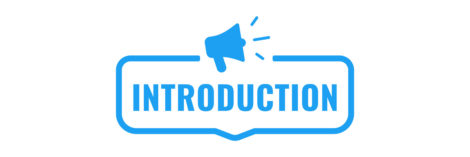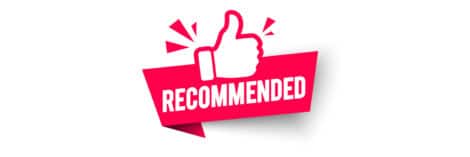What are the differences between qualitative and quantitative techniques? When should you choose one or the other? In this article, I answer all these questions. I also conducted an advocacy campaign for qualitative methods, which must be better known in marketing departments. If you have any questions, please don’t hesitate to contact our market research agency. I’ll answer them personally.
Contact us to conduct your quantitative and qualitative research
Introduction
Too many entrepreneurs (and even well-established companies) need to pay more attention to qualitative techniques, leading to the predominant use of quantitative approaches (especially online surveys). The approaches (qualitative and quantitative) are complementary and should be combined to get the best possible grasp of market reality. That’s why our market research methodology (available free of charge here) combines them sequentially.
So, let’s start by outlining the differences and similarities between qualitative and quantitative techniques.
| Criteria | Quantitative Data Analysis | Qualitative Data Analysis |
| Objectives |
|
|
| Design |
|
|
| Approache | Deductive approach: Starts with an existing theory or question that is assessed. Induction is possible (explanatory data analysis, etc.) | Inductive: Starts with the data and looks for patterns and themes to build a theory. It can also be deductive. |
| Methods |
|
|
| Tools |
|
|
| Sample |
|
|
| Analysis |
|
|
Similarities and differences between qualitative and quantitative techniques
Objectives
Qualitative research aims to identify, explore, and understand complex mechanisms.
Quantitative research aims to measure, count, estimate, and characterize. On the one hand, we seek to construct hypotheses and identify correlations; on the other, we attempt to confirm or refute them.
Techniques employed
Qualitative market research relies on specific techniques such as individual interviews, focus groups, anthropology, and language studies. Quantitative techniques are associated with quantitative questionnaires and their result: online or offline surveys and polls. Quantitative techniques also include modeling using massive data (Big Data).
Sample
Qualitative research is based on small sample sizes (around 15 to 30 in most cases). In contrast, a quantitative survey, to be representative, will be based on samples of several hundred respondents (or even millions in the case of modeling conducted using Big Data).
Advantages and disadvantages
The qualitative phase is longer and more laborious than the quantitative phase because it is less structured by nature. Therefore, much discipline is required to analyze a qualitative phase over time. The qualitative phase lasts longer than the quantitative survey.
Examples of the use of qualitative and quantitative methods
Now that the differences and similarities between the two methods have been established, it’s time to address the crucial issue of their use. In other words, when to use one rather than the other or a combination of the two.
From a methodological point of view, it would be appropriate to use one and then the other in an ideal world. There are, however, situations where one method or the other should be preferred. In our market research guide, you’ll find a chapter dedicated to choosing the right methodological approach. From the cases already listed, we feel that the following situations are worth examining:
B2C market research
While B2C market research tends to be approached more quantitatively, using a new or innovative product is the perfect case to justify using a qualitative methodology. A quantitative approach requires the respondent to have the necessary knowledge or experience to answer the questions posed in the questionnaire. But in the case of a new product (think of a new food product, a new recipe), how can we quantify such a complex consumer experience without first understanding how it fits together? This is where the qualitative approach comes in. It allows us to:
-
- confront the consumer with the new product
- observe their reactions
- collect gather impressions (verbal and non-verbal)
- understand which aspects of their behavior to quantify
B2B market research
Professionals are the most complicated target group to reach with B2B market research. Their diaries are so full that recruitment is difficult. Quantitative B2B surveys often need more responses. For this reason, it’s often better to focus your energies on qualitative interviews, which are easier to organize and deliver a wealth of information. Remember that financial incentives are an effective way of ensuring successful recruitment and research.
Conclusion
It’s vital to understand the objectives that can be achieved with each of these methodologies; in other words, before you start your market research, you need to get to grips with the spirit of both approaches to choose the one that best suits your situation.
Posted in Marketing.


